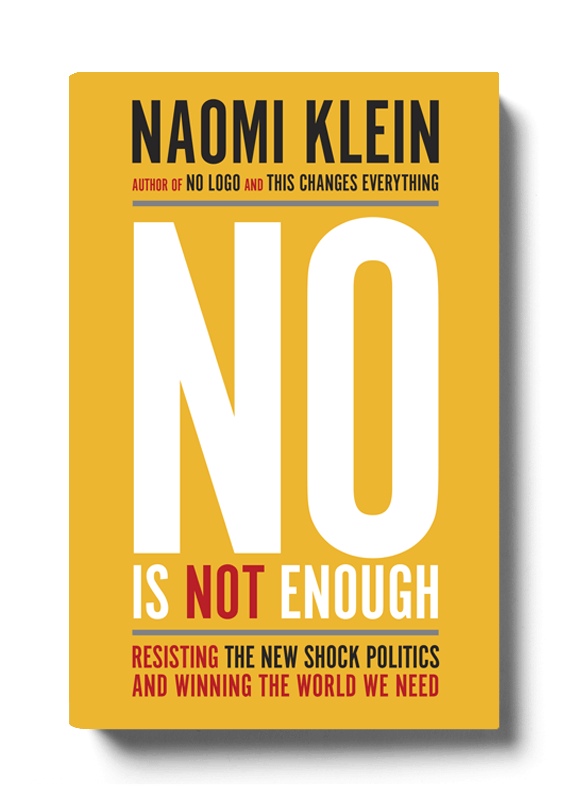This past weekend, 21 Middle School students participated in the 48h Theatre Project at ISB. Starting at 4pm on Friday evening and finishing 4pm Sunday, it was an event of team-building, creativity, gaining confidence and having fun. In that time, the cast devised, prepared and rehearsed an original performance from start to finish. The final piece, titled
Everyday Encounters, was presented as a promenade performance in which the audience was free to explore various spaces, while actors performed a mashup of solo movement scores, duet scenes and character development pieces.
21 UNIQUE INSIGHTS INTO THE LIVES OF
STRANGERS. WE HAVE BEEN EXPLORING WHAT
IS HIDDEN UNDERNEATH THE ENCOUNTERS WE
HAVE WITH EACH OTHER, EVERYDAY, ALL OVER
THE WORLD.
FOLLOW A CHARACTER, EXPLORE THE DIFFERENT
ROOMS, AND WATCH AS THE ENCOUNTERS CHANGE
EACH TIME.
But the event was much more than just a performance. As one student put it during the Q&A which followed the show, quoting Abraham Lincoln, "We spent a lot of the time building trust and confidence in each other, and I think it was Abraham Lincoln who said if you have 4 hours to cut down a tree, spend the first 3 hours sharpening the sword."
Most of Friday evening was spent doing team building tasks, such as
Shrinking Islands, and an exercise from Augusto Boal's
Games for Actors and Non-Actors in which blindfolded participants are carefully moved around by their partner. The evening then culminated in watching West Side Story, before the special event of sleeping over at school together.
After waking up and eating breakfast as an ensemble, a large part of Saturday morning was spent exploring expression through movement and gesture, using
Anne Bogart's Viewpoints technique. Working in a full group exercise, we built images using elements of space, tempo, proximity, gesture, & voice.
It's worth noting, that at this stage, students were still mostly in the dark about the content of the final performance but, without knowing it yet, were beginning to develop the necessary skills needed later in the day, and also to construct some of the early material which was then developed in the proceeding activities.
The core devising task came after lunch on Saturday. As students took a break and played
Werewolf, Sandie Pergallini and I gave a make-over to the two drama studios, the props/make-up room, and the dressing rooms; filling them with props, staging blocks, costumes, lighting and music, to create an actors playground in which a large-scale improvisation could take place. We also seeded the room with performance tasks, inspired by a workshop I took on site-specific, immersive performance with the (awesome) company
Punchdrunk.


For a list of example tasks, go to my post
here.
It was sheer creative joy for over an hour, as the cast experimented with character, image, physicality and voice. Comedy duets formed, powerful and emotional stories were told, fragile lullabies were sung, and even a space filled with horrific screams and tales emerged. It was an exercise of risk-taking, of experimentation, and of students using a myriad of their skills and knowledge.
Much of the material created in this exercise became critical to our final performance, and for the rest of Saturday afternoon we began reflecting on, selecting, editing and developing the material, combining it with some of the work from early exercises until we more or less had the skeleton of a plan for the show.
That just left Sunday morning to smooth out the (many) wrinkles and to rehearse, before presenting our work to a full audience at 2pm.

The weekend was intense. Beautiful. Challenging. Full of student ownership and growth. A laugh a minute. Unforgettable.




























